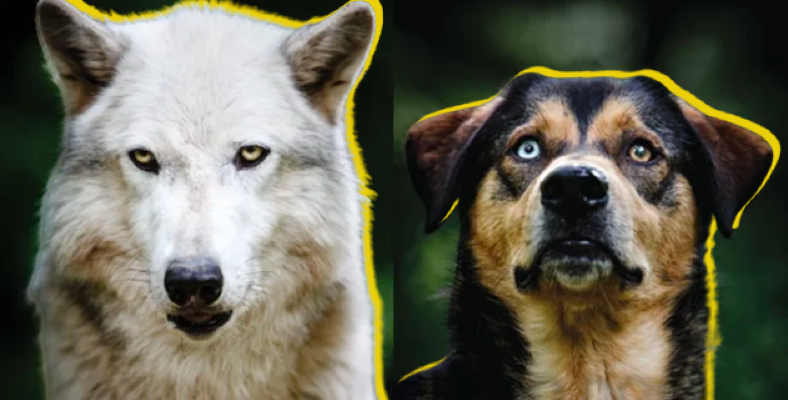Have you ever wondered why some animals’ ears are erect while others are droopy? In fact, this situation varies not only for a particular animal, but also between different breeds of that animal. For example, a wild dog’s ears are erect, while a domesticated dog’s ears are usually droopy.
Essentially, every limb of animals is clues to their behavior and character It is very decisive for us to catch up. Again, the living conditions of these animals have an importance that affects and shapes them from head to toe.
Well, while the wolves’ ears are upright The ears of dogs known to have been domesticated from wolves, How come it can have a saggy structure in some cases?
In fact, the answer to this question is largely related to the domestication process.
Evolution theorist Charles Darwin; As a result of extensive research, domestication of animals both in their behavior and physiology. revealed that it caused some changes.
As most of us know, the purpose of the domestication process is to They become more docile and can live with people more easily.. The main purposes of domestication are; to raise more manageable, stable and harmonious animals.
In addition to domesticated animals, wild animals are also fight or flight acts on impulse. This condition is usually a result of hormonal secretions from the adrenal glands and the sympathetic nervous system.
In other words, domestication aims to reduce the reactions caused by aggressive behavior of animals.
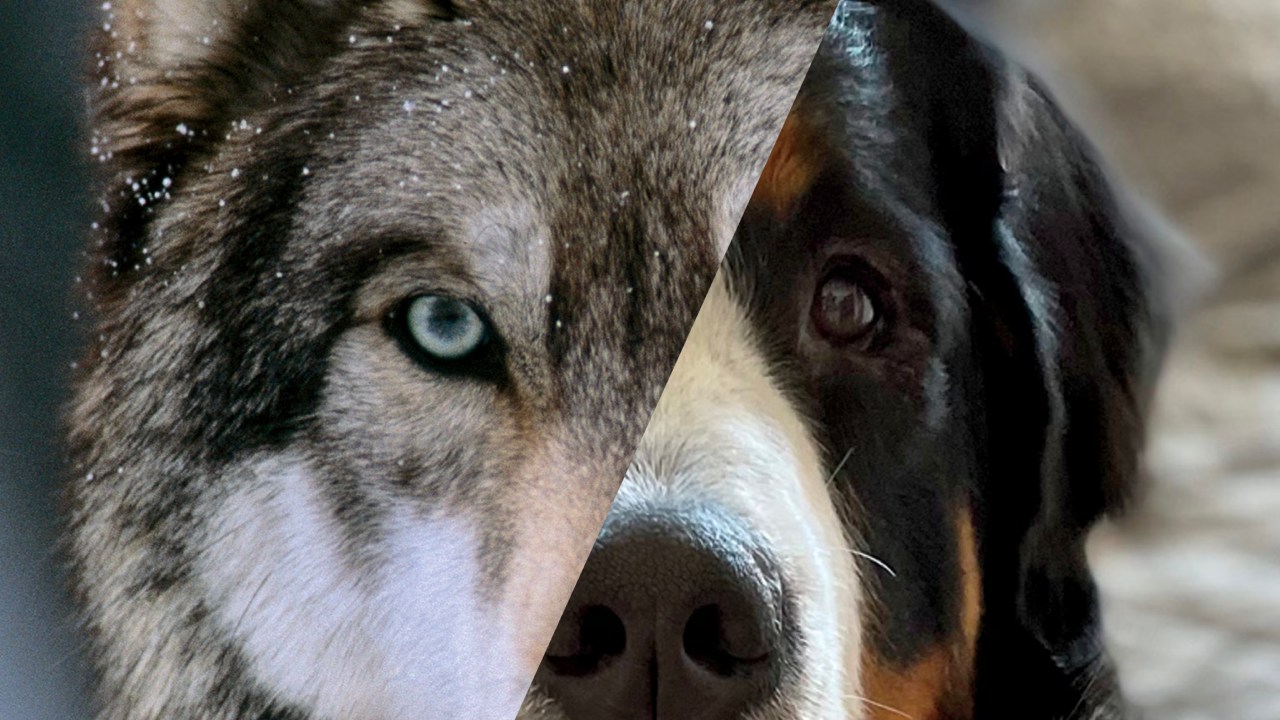
For example, the urge to fight makes animals more aggressive in general; flight response in animals more untrainable and unmanageable makes it one.
Darwin observes that, in addition to behavioral changes during the domestication process, some changes also occur in the physiology and body shapes of animals. Domestic animals in particular have shorter mouths and therefore Dogs’ jaws are much smaller than those of wolves.
The teeth of domestic animals are also smaller than those of wild animals. It is much smaller and fewer in number. Many domestic animals also have white markings on their fur that are not found in wild species.
In fact, surprisingly, animals that are accustomed to homes and people decreases in brain size visible. Of course, floppy ears are also an indispensable feature of these animals.
RELATED NEWS
Still, It Doesn’t Change the Fact That They Are Aliens: It Was Announced That Cats’ Brains Shrank After They Were Domesticated
In recent years, these differences between domestic and wild animals are referred to as “Domestication Syndrome”.
The scientific question that attracts attention at this point is fur pigmentation, changes in bone, muscle and nerve structure is how it emerged. There was no answer to this question for a long time, but under the direction of Adam Wilkins of the Institute of Theoretical Biology, this mystery was solved.
Wild dogs in ancient times, wandering around primitive people’s settlements tended to. Although these people were good hunters, they left the useless parts of the killed animals somewhere near the borders of the villages.
This also applies to wild dogs like wolves. It was a unique food source. However, the animals were afraid and ran away from the slightest human intervention, causing them to be unable to feed themselves properly.
Thus, these animals became more suitable for domestication, and their adrenal glands became less sensitive.
To put it more clearly, the adrenal gland, from a group of stem cells occurs. Stem cells are an important part of the developing embryo in animals and can differentiate into different cell types depending on where they are located in the body.
These stem cells play a role in the formation of the adrenal glands. neural crest cells It is called. Researchers also discovered that the domestication process actually caused a decrease in the number and activity level of neural crest cells.
In addition, hormones secreted from the adrenal glands, both stress-related behaviors and aggression obviously reduces it, and this is a desired consequence of domestication.
Again, neural crest cells; It plays a role in the production of pigment cells, teeth, nerves and muscle connective tissue.
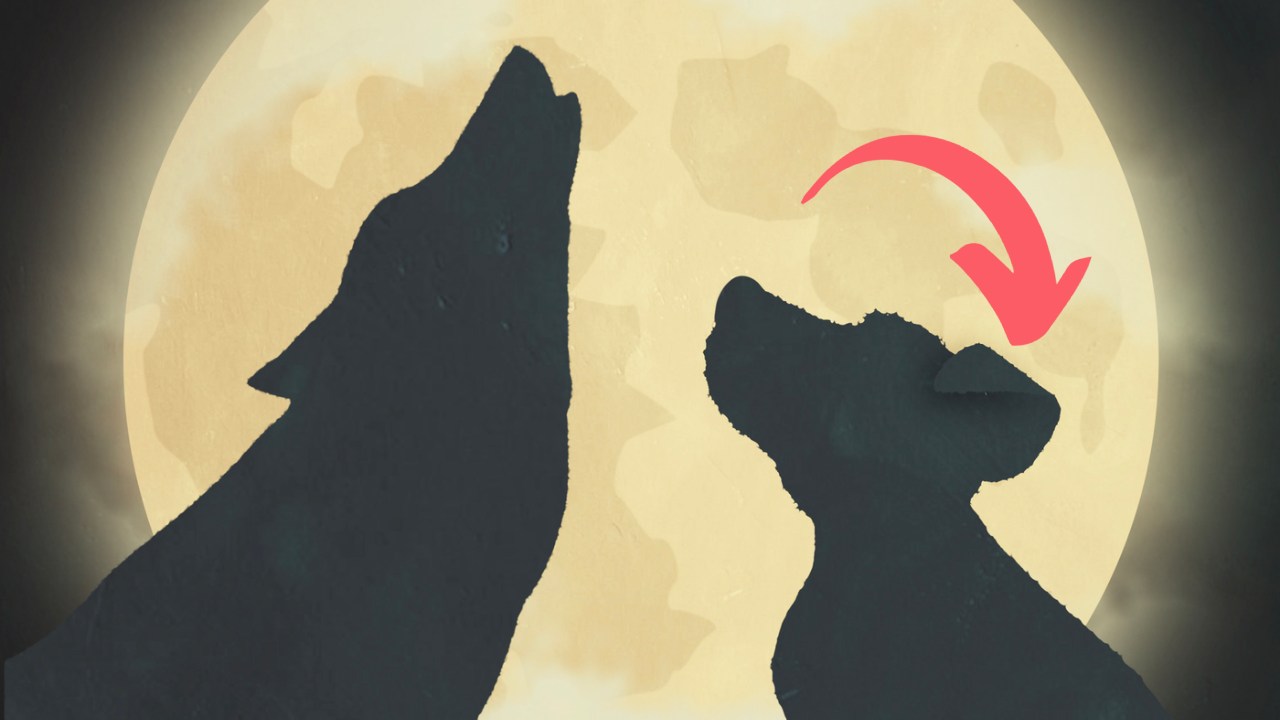
So if domestication selects for animals with weaker neural crest cells, those animals jaws are smaller, pigment production is weak it could be. The situation is exactly the same when it comes to ears.
When the cells in question are insufficient in the body, they cannot reach the ears and Deformations occur in the appearance of this sensory organ. The connective tissues in the ears weaken, meaning dogs are unable to maintain their ears upright. Ultimately, encountering dogs with floppy ears is inevitable.
These floppy ears are not very advantageous for wild animals.
Because the auricle hanging downwards closes the entrance to the auditory canal and blocks some of the sounds coming into the ear. So the dog cannot perceive weak sounds to a large extent. Fortunately, floppy ears, which occur as a result of domestication, are largely not seen in wild animals.
In fact, although floppy ears are a disadvantage, this is not a big deal for pets. Because they were domesticated, to catch their prey or engage in any fight they don’t need it.
Another explanation for how dogs that evolved from erect-eared wolves have droopy ears is artificial selection.
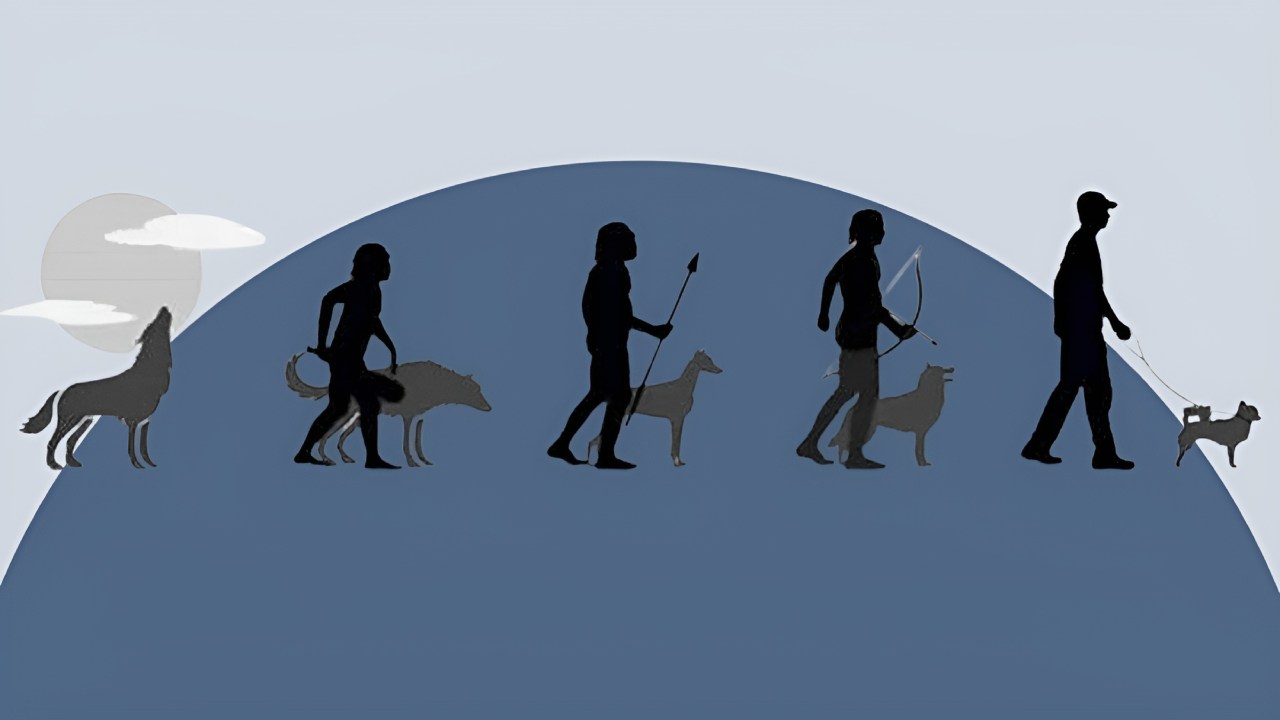
About 25,000 years ago, when our ancestors began to settle down, docile wolves began to approach them and thus The same living species is divided into two different groups: wolves and dogs.
While wild and aggressive animals continue their normal lives, those that exhibit docile behavior are kept and fed near humans.
Because our ancestors realized that they could domesticate these animals; guarding the camp, herding the flocks, and warning of dangers He wants to benefit from this point.
Thus, two groups coming from the same common ancestor are divided into two.
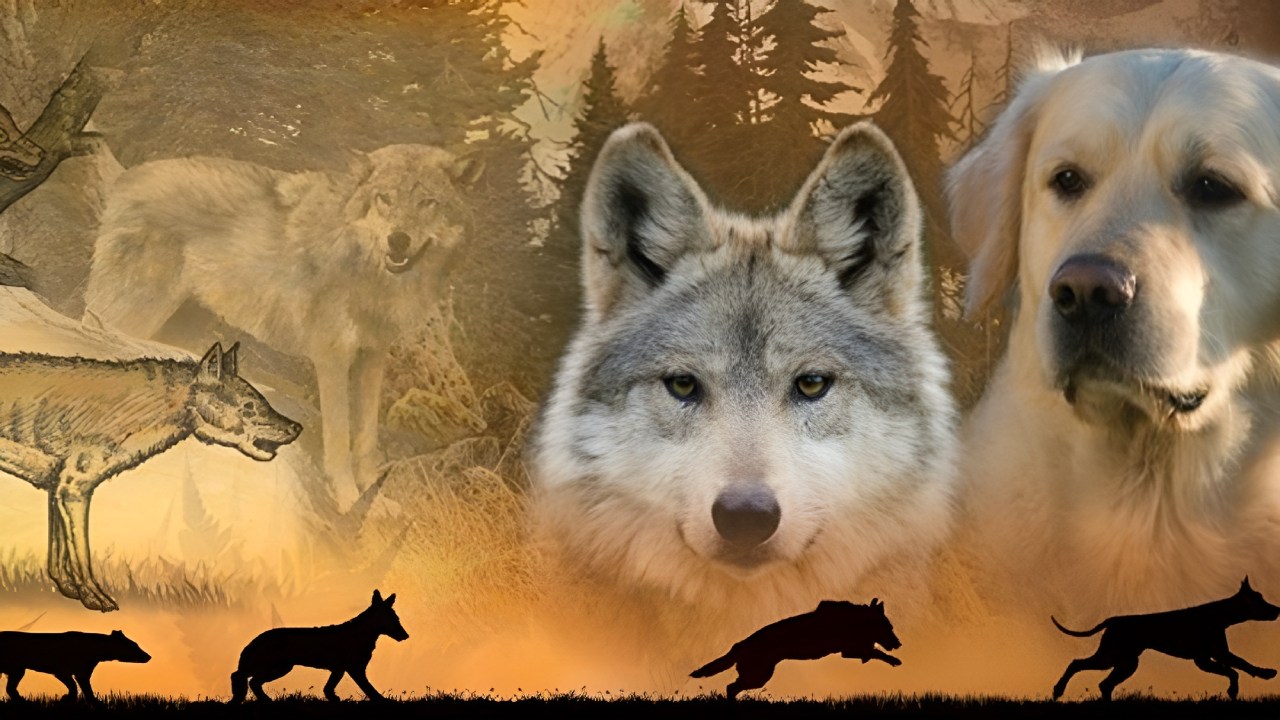
On one side, there is the group that is obedient, docile and submits to orders, and on the other side, there are wolves that live away from humans and continue their wild life. Thus, over the generations, they separated from the wild wolves. Dog-like animals begin to evolve.
Artificial selection is a very powerful evolutionary mechanism. It can realize possibilities that are impossible to come across in nature in a short time. In fact, thanks to artificial selection, it is officially recognized today. 340 dog breeds have evolved.
RELATED NEWS
Why Should We Never Adopt “Wrinkled-Faced” Dog Breeds Like Bulldogs and Pugs?
RELATED NEWS
9 Interesting Facts About the Characteristics of Chinese Lions, One of the Oldest Dog Breeds in History
RELATED NEWS
